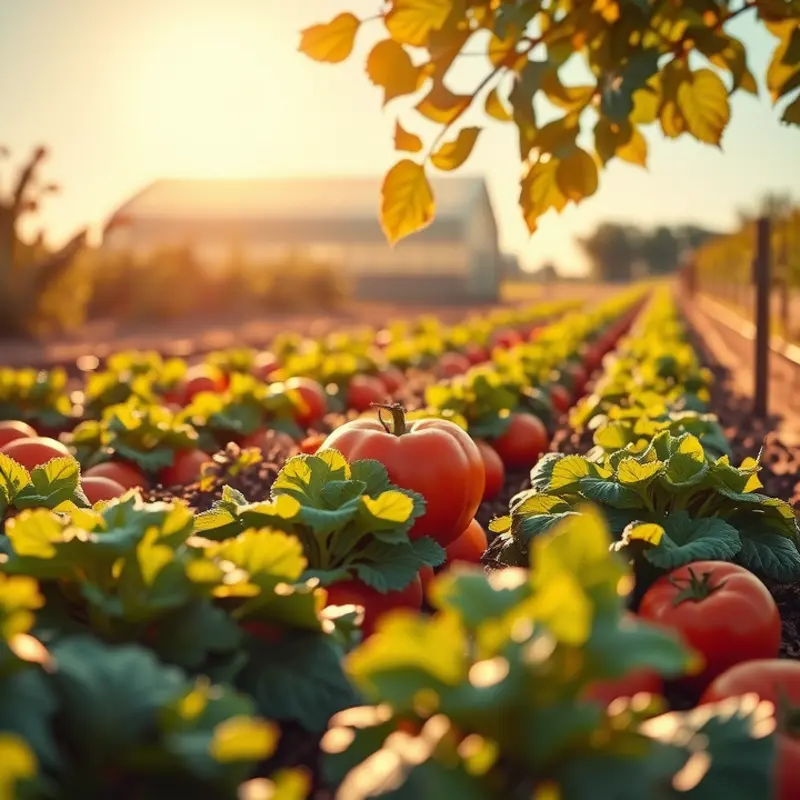Efficient food management begins long before meals are served. One of the most effective ways to prolong the life of your food and minimize waste is through quick cooling methods. By quickly reducing the temperature of freshly cooked dishes or perishables, you can significantly inhibit bacterial growth and enhance the quality of stored food. Understanding effective cooling techniques will empower you to store food safely while ensuring maximum freshness.
The Importance of Quick Cooling in Food Safety

Understanding the science behind food spoilage is vital to grasp the importance of quick cooling. Spoilage primarily results from the activity of bacteria, molds, and yeasts, which thrive at higher temperatures. These microorganisms catalyze the decomposition process, leading to unpleasant odors, flavors, and potentially harmful foodborne illnesses.
Temperature control is the cornerstone of food safety. The ‘danger zone’ for perishable items lies between 40°F and 140°F (4°C and 60°C). Within this range, bacteria can double in number every 20 minutes. Rapid cooling moves food out of this danger zone more swiftly, significantly slowing bacterial growth and reducing spoilage risk.
Practically implementing quick cooling techniques is easier with a few sensible strategies. Firstly, divide large portions into smaller containers to accelerate the cooling process. Shallow containers level out the heat and allow for faster dissipation compared to deep dishes. Additionally, vented lids or partial coverings can assist in releasing excess steam, a simple yet effective method to prevent condensation from fostering a moist environment ideal for bacteria.
Another practical trick involves the use of an ice bath. Placing airtight containers in a basin filled with ice water can cut cooling time by half. Stirring the contents occasionally will further expedite the process. Integrating these practices ensures a seamless transition from cooking temperatures to safe storage.
Moreover, consider adjusting your refrigerator settings. Ensure that your fridge stays consistently below 40°F (4°C). Regular maintenance checks and thermometer use can help keep it at an optimal cooling level. This is crucial since slight temperature variations could render quick cooling efforts ineffective.
Utilizing quick cooling techniques not only safeguards food safety but also extends shelf life and preserves taste and nutritional quality. By minimizing the time food spends in temperature ranges conducive to bacterial growth, you maintain its freshness longer. This has economic and environmental benefits as well, reducing waste and conserving resources in line with eco-smart kitchen practices. For more on sustainable storage, consider exploring eco-smart kitchen storage recommendations.
Integrating quick cooling methods into your routine ultimately transforms how you handle and savor meals. Employ these strategies, and that delightful homemade lasagna or hearty stew will not only last longer but remain as flavorful and nutritious as intended. With quick cooling as a priority, ensuring safer and more sustainable food storage becomes an achievable goal.
Practical Cooling Techniques for the Home Kitchen

Quick cooling is essential to extending food life in your home kitchen. One effective technique is the ice bath, which is particularly useful for hot foods like soups or stews. Transfer the dish contents into a container, then submerge it in a larger bowl filled with ice and water. Stir regularly to accelerate the cooling process.
For solid foods, shallow cooling containers are your best ally. By spreading food across a wide, flat surface, you distribute heat more evenly and enhance the rate at which it dissipates. This method works well for casseroles or roasted vegetables. Opt for stainless steel or glass materials, as they conduct heat away more efficiently.
Proper placement in the refrigerator can make a significant difference in your cooling strategy. Hot foods should be placed on the top shelf, allowing cool air to circulate freely and gradually lower the temperature. Additionally, keep food containers uncovered until cool to speed up the process, but don’t forget to cover them before complete storage to prevent contamination.
Strategically organizing food can further extend its freshness. Ensure items don’t touch refrigerator walls and are periodically rotated. This not only fosters even cooling but also enhances airflow around all sides of your dishes. The better the airflow, the quicker the cooling.
It’s crucial to respect optimal cooling times. For instance, it typically takes two hours for a dish to go from 140°F to 70°F and another four hours to reach 41°F. This timeframe is within the safe zone to minimize bacterial growth and maximize safety.
Another tip for enhancing cooling efficiency relates to airflow in the refrigerator. Overcrowding is your kitchen nemesis. Maintain some space between items to allow for free circulation of cold air. Consider dedicating a portion of your fridge to perishable prepared foods if space is an issue.
For those seeking additional insights into safe food storage, check out this guide on safer storage of sauces. It explains how specific storage practices can effectively reduce spoilage and ensure a longer shelf life.
Implementing these practical techniques requires minimal effort yet yields significant results, helping you keep food safely fresh and substantially reducing waste. The sooner you master these methods, the more you’ll benefit from less spoilage and more savings.
Final words
Quick cooling is a vital practice that helps maintain the freshness and safety of food, enabling you to reduce spoilage and waste effectively. By implementing the techniques discussed, such as ice baths and proper placement in refrigeration, you can significantly prolong the life of your ingredients. Not only will these methods ensure your meals are safer and more enjoyable, but they also contribute to a more sustainable approach to food management. Equip yourself with these practical cooling strategies and start enjoying fresher, waste-free meals.







